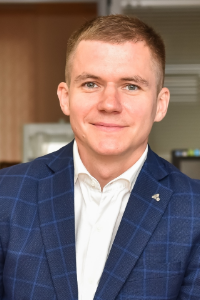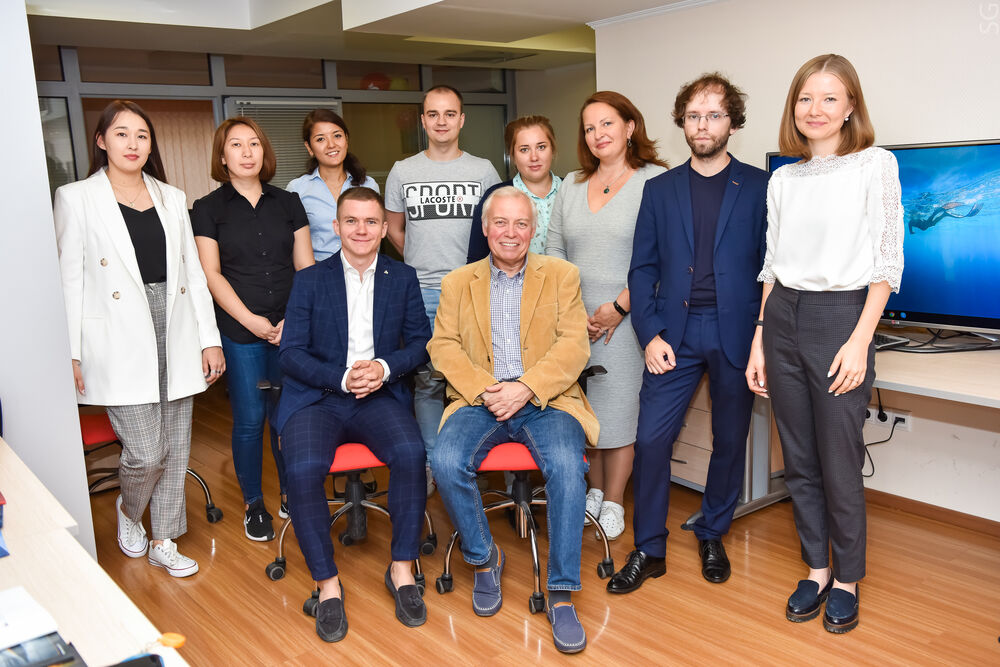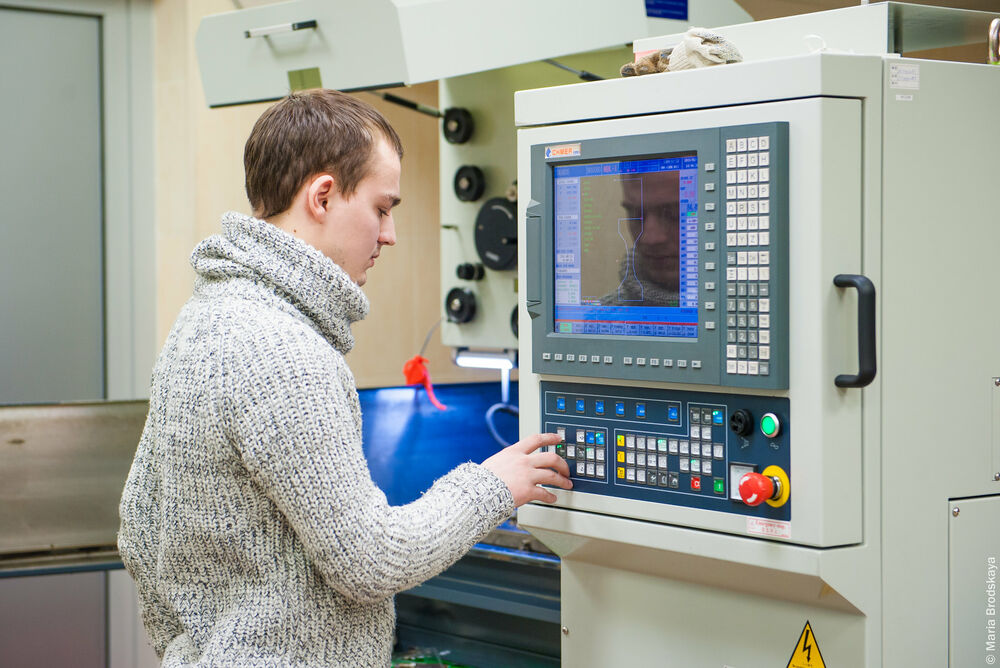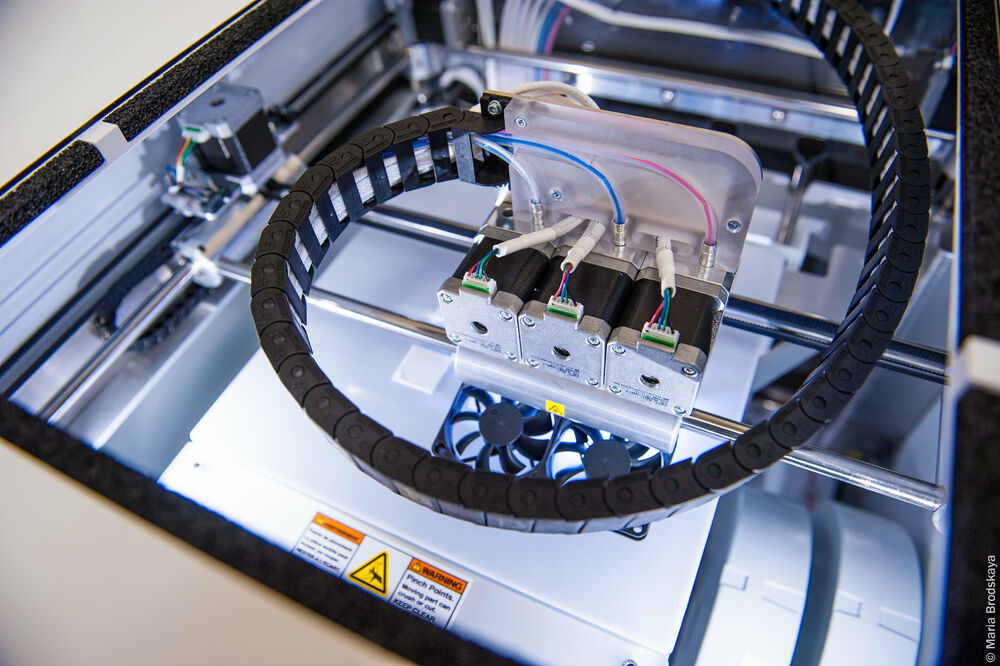Basic Information about the Laboratory:
The primary activity of the laboratory is the development of technologies of new class composites, namely: hybrid materials combining components with heterogeneous features. The use of intensive plastic deformation methods allows achieving significant improvements of the features of materials thanks to nanostructuring. The uniqueness of the project is accounted for by the use of a new approach to developing hybrid materials that may be considered as composites of the new generation.
Activities of the Laboratory
The Laboratory of Hybrid Nanostructured Materials was established in 2013 after NUST MISiS won the tender of megagrants held by the Government of the Russian Federation. The primary focus of the laboratory is to develop new class materials, special type composites with the features that cannot be obtained while using their separate elements. Provided that the hybrid architecture determined by the form and location of elementary blocks, of which it is made, may be treated as an additional degree of freedom, using which in developing new materials may result in generating dramatically new features. The combination of such strategy based on geometric considerations with the right choice of materials opens up new opportunities for creating unique composites. This principle underlies the new approach to developing high-technology materials with a huge potential for innovations. In particular, it allows obtaining multi-functional materials that combine the high mechanical performance with the improved thermal insulation capacity, increased acoustic absorption factor and other helpful features.
The development of the new area of research of the materials science and the creation of the relevant academic school based on NUST MISiS will enable students and postgraduates to be educated in the new promising line of hybrid nanomaterials.
In addition to the involvement in research activities, the laboratory holds workshops and lectures on the following disciplines: mathematical modelling using the finite-element method, features of UFG materials obtained with the help of intensive plastic deformation methods, etc. with the assistance of international experts.
Alexander KomissarovHead of laboratory |




